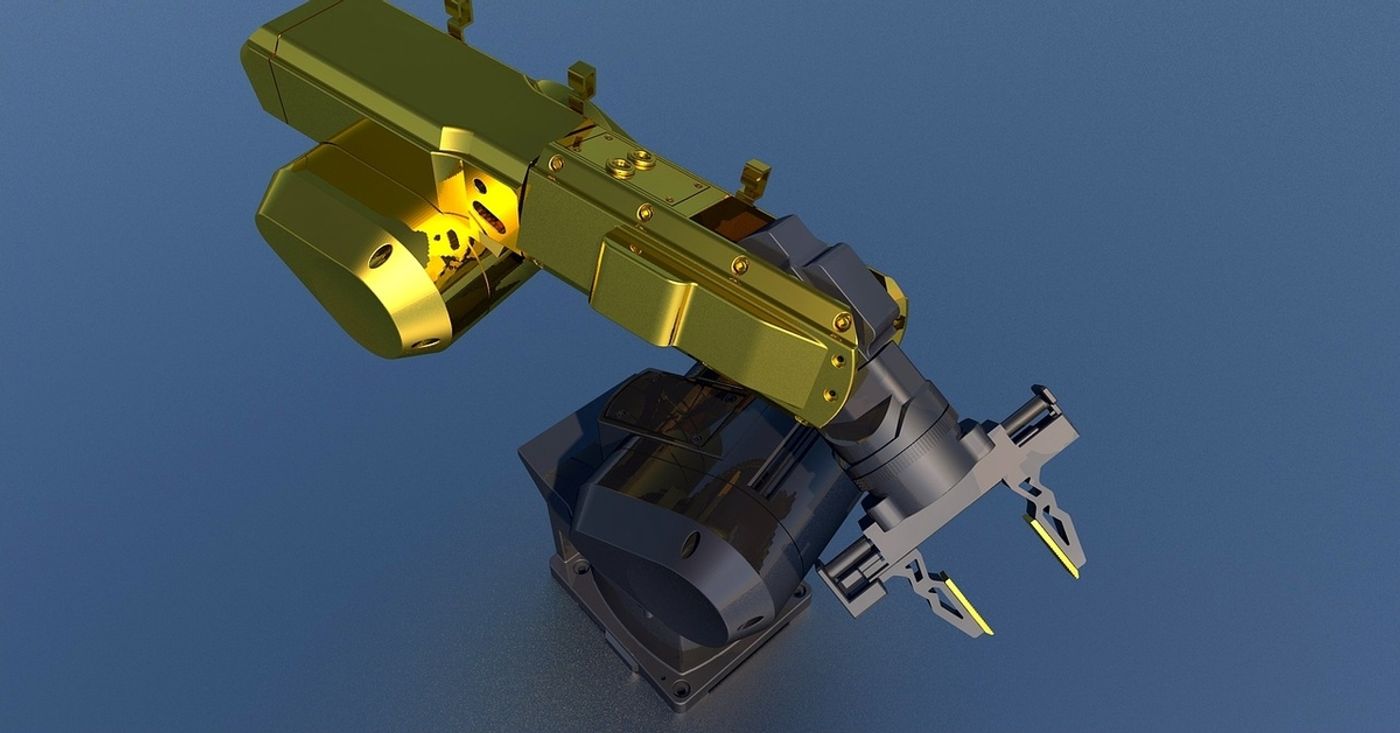Chemistry Grad Students Be Warned: a Robotic Takeover?
In a recent news release, the research arm of IBM announced that their Zurich team has developed an autonomous chemistry research platform called RoboRXN. The pioneering project combines three advanced technologies - Cloud-based computing, artificial intelligence (AI), and automated processing, to transform the way chemists work.
The brain of the system is based on IBM's RXN, a cloud-based program first launched two years ago. Its primary function is to predict the outcome of customer-provided chemical reactions. In 2019, a retrosynthesis tool was added to the program. The new application is the exactly reversed process of predicting reaction outcomes - it can decide the reactants and synthesis routes that are required to generate a certain compound.
IBM RoboRXN for Chemistry (IBM)
IBM isn't the only one that attempts to bring automated, AI-driven systems to the forefront of chemistry innovation. A group of chemists and robotics scientists at the University of Liverpool revealed their "mobile robotic chemist" earlier this year. Their free-roaming, autonomous robot is capable of performing chemical reactions indepently, and without "resting" for weeks. The program incorporated into the robot chemist can also perform data analyses and simple decision-making.
What sets the IBM's system apart from the competitions is that on top of performing all laboratory actions with zero human intervention, which include reaction and solvent addition, temperature control, and all sorts of reaction agitations, RoboRXN is also able to perform experiments by following textual descriptions from literatures.
But graduate students, have no fear. Taking over your positions isn't a part of IBM's plan. Instead, the technology giant is offering RoboRXN as a paid service with remote access. The scientists behind the project believed that their system can help accelerate the way we make chemistry discovery at an unprecedented rate.
Source: C&EN









